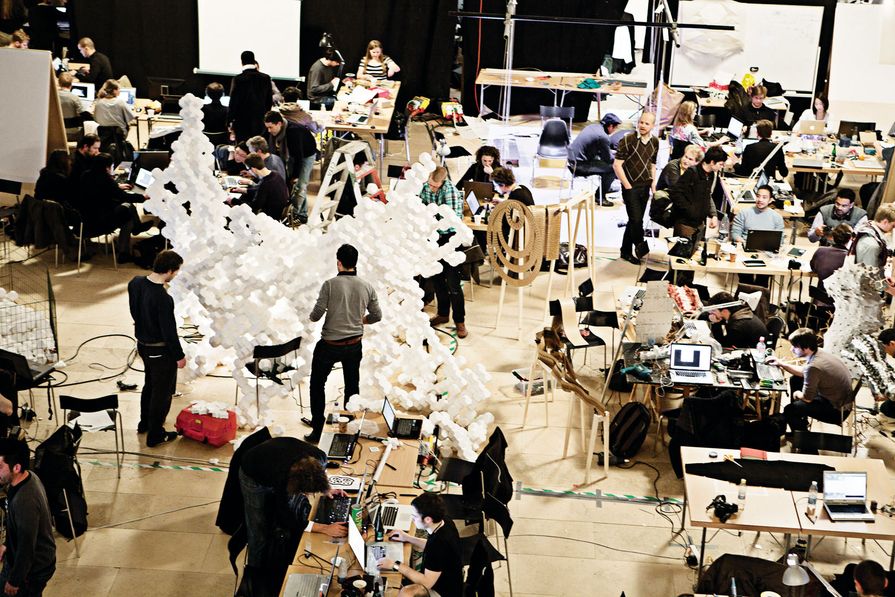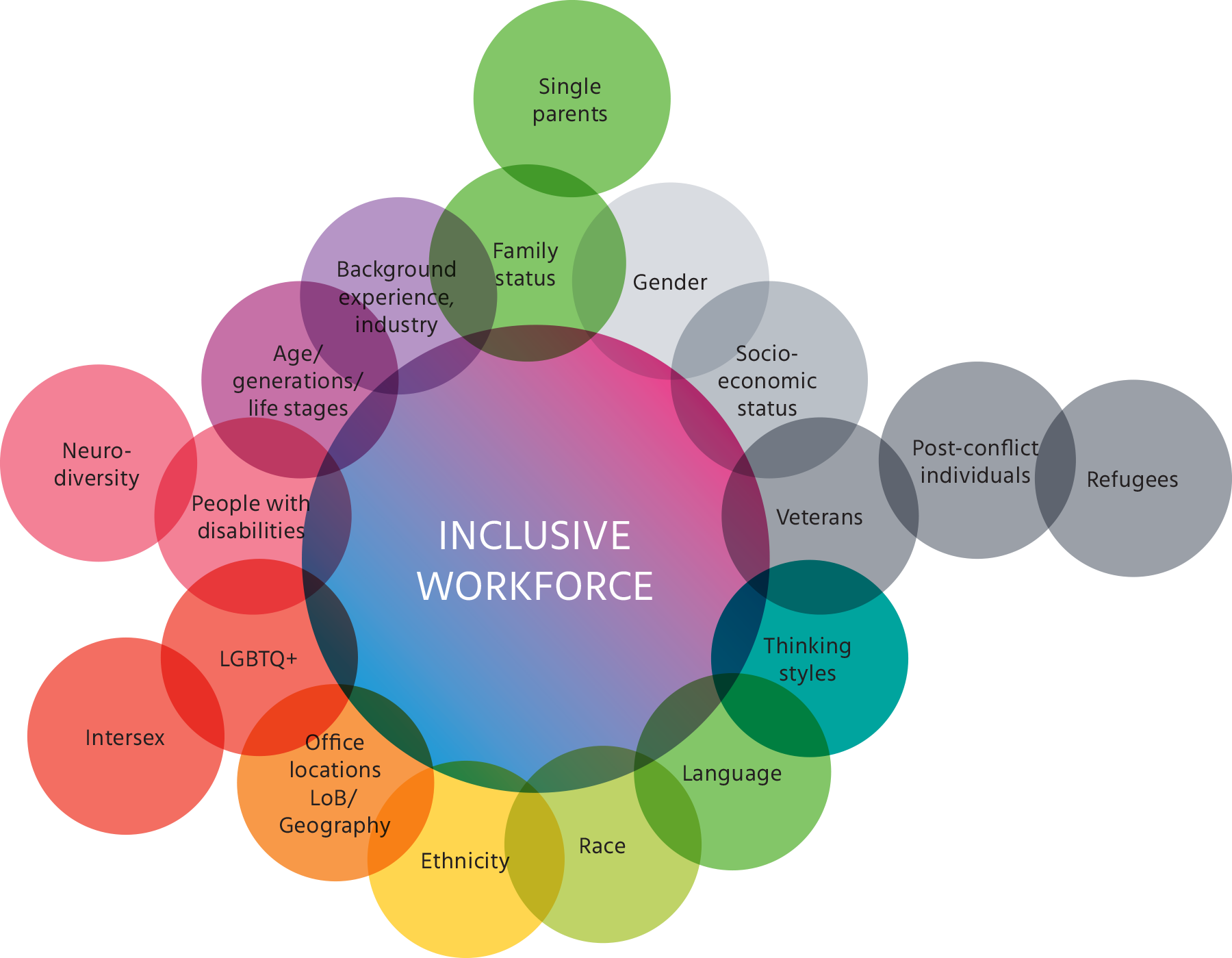What Is The Future Of Architectural Education And Practice?

Architecture is pretty cool, right?
I mean, it's the magic that turns bricks and mortar into fantastic, beautiful and functional buildings we can all live, work and play in. But what about the people who make architecture possible? The architects, designers and builders who ensure our built environment is always evolving?
Some say they're a serious bunch who like to hide behind their rulers and pencils, but we don't think that's the whole truth. So, we're going to boldly go where no design discussion has gone before, and take a FUNNY approach to the future of architectural education.
But first, let's take a look at this picture:

"Wow" right? This is the perfect image to get our creative brains working, and to show there is nothing serious about architecture. So, let's get going.
Why is a funny conversation about architectural education important?
Before we can look to the future of architectural education, we need to understand what's being done right and wrong NOW. One of the biggest criticisms of architectural education is that it takes itself too seriously, which can lead to an elitist attitude among architects, something that many believe stunts the industry's growth and its ability to connect with everyday people.
To combat this, there has been a push toward a more hands-on, practical approach to education that emphasizes collaboration and teamwork. While this is a step in the right direction, there is still much work to be done.
So, what needs to change?
1. A greater emphasis on fun
Architecture can be fun and innovative, but for some reason, the educational system doesn't reflect this. Instead, design studios often resemble sweatshops where students spend hours upon hours hunched over drawings and models, barely seeing daylight. This is not just unhealthy; it's also not conducive to creativity. By placing a greater emphasis on having fun while learning, architecture schools would encourage students to approach design in a more playful and imaginative way, which would ultimately benefit the industry as a whole.
In conclusion:
Fun shouldn't be a dirty word in architectural education. By creating a more fun and collaborative learning environment, architecture schools can create a whole new generation of architects who are more creative, innovative and passionate about their work.
2. Better integration of technology
Technology has revolutionized almost every aspect of our lives, and architecture is no exception. Yet, many universities are still stuck in the dark ages when it comes to integrating technology into their curriculums. By taking advantage of the latest tools and software, architecture schools could create more immersive and interactive learning experiences that would set students up for success in the real world.
In conclusion:
Architecture schools need to embrace technology and use it to create more engaging and immersive learning environments. This will better prepare students for the challenges they'll face in the workforce, and make them more competitive in the job market.
3. More diversity in the classroom
Architecture is a field that's dominated by men, and this can have a ripple effect throughout the industry. Women and people of color are often excluded from the creative process, which means their perspectives and ideas go unheard. By increasing diversity in the classroom, architecture schools would create better-rounded, more perspective-rich students who are better equipped to tackle the challenges of the real world.
In conclusion:
Architecture schools need to be more proactive about recruiting a diverse student body. This will create a more inclusive, forward-thinking industry that's better equipped to tackle the challenges of the 21st century.
4. Better connections to the real world
Architecture is not just an academic exercise - it's a practical discipline that has a huge impact on people's lives. Yet, many architecture students graduate without ever having set foot on a construction site or having worked with real-world clients. By creating more opportunities for students to work on real projects, architecture schools could better prepare their graduates for the real world, and also make them more attractive candidates to potential employers.
In conclusion:
Architecture students need to be given more opportunities to work with real clients and on real projects. This will help them develop the skills and experience they need to succeed in the real world.
Frequently Asked Questions:
What is the current state of architectural education?
Architectural education is in flux. While many programs are moving away from traditional, theory-heavy approaches and toward more practical, hands-on styles of learning, there is still much work to be done to create a more inclusive, collaborative, and diverse educational experience.
What benefits would a more fun and collaborative architecture education bring?
A more fun and collaborative education would encourage students to approach design in a more playful and imaginative way, which would ultimately benefit the industry as a whole. It would also help break down some of the elitist attitudes that exist in the field, making it easier for architects to connect with everyday people and better understand their needs.
Why is diversity important in architectural education?
Architecture is a field that has traditionally been dominated by men, and this has led to a lack of diversity in the industry as a whole. By increasing diversity in the classroom, architecture schools would create better-rounded, more perspective-rich students who are better equipped to tackle the challenges of the 21st century, and would create a more inclusive, forward-thinking industry that's better equipped to tackle the challenges of the 21st century.
How can architecture education better prepare students for the challenges of the real world?
Architecture students need to be given more opportunities to work with real clients and on real projects. This will help them develop the skills and experience they need to succeed in the real world, and also make them more attractive candidates to potential employers. Additionally, architecture schools need to better integrate technology into their curriculums, creating more engaging and immersive learning experiences for their students.




Post a Comment for "What Is The Future Of Architectural Education And Practice?"